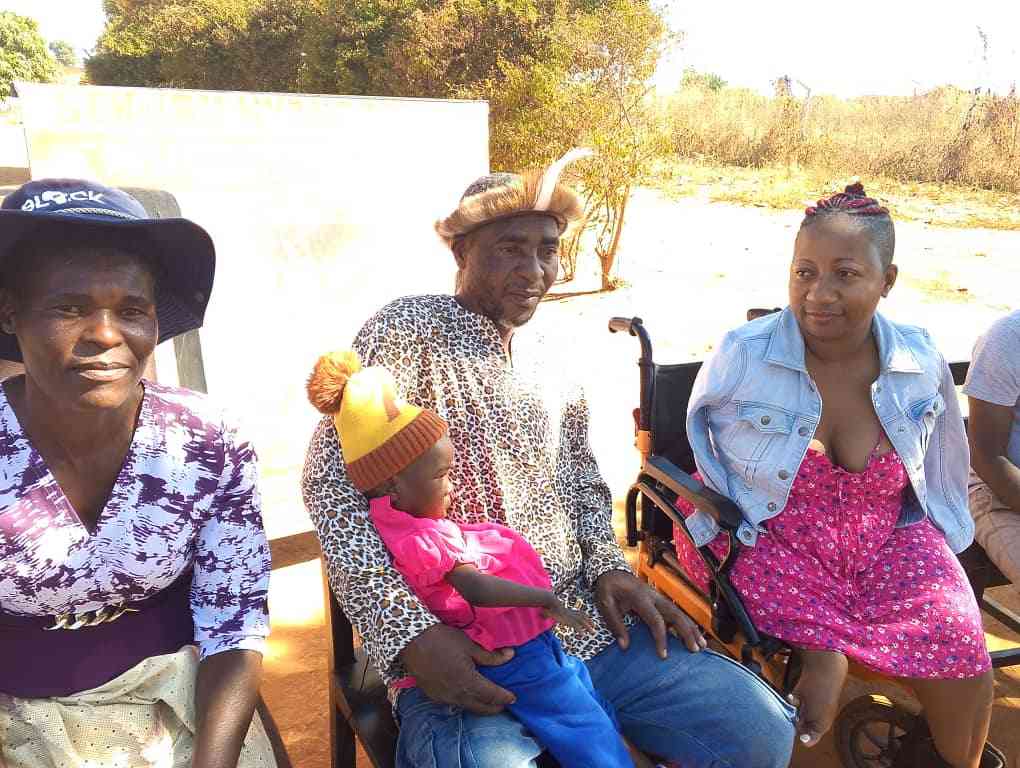
Zimbabwe has made significant strides in expanding access to HIV-testing and treatment, including anti-retroviral therapy (ART) service provision, among other interventions.
One such programme that has been embraced by communities, particularly those living in marginalised areas, is the community ART refill group (CARG), which supports self-formed groups of clients, who are stable in accessing ART.
CARGs are meant to reduce the burden and challenges for both health care workers and patients in the provision and receipt of ART and improving adherence and retention in care and treatment.
The members of the groups usually come from the same geographical area.
Zimbabwe has one of the highest HIV prevalence in sub-Saharan Africa at 12,7%, with 1,3 million people living with HIV in 2018. Of the 1,3 million, 89% adults are on ART while children constitute 76%.
A recent visit by a group of journalists to Taga Farm in Seke district’s ward 15 in the Beatrice farming community showed that the CARG concept has brought relief to people living with HIV in the area.
What started as an Aids support group has turned out to be a lifeline for 10 community members.
“We started as an Aids support group of 11 members in 2007,” said chairperson of the group, Violet Nyamande.
- Chamisa under fire over US$120K donation
- Mavhunga puts DeMbare into Chibuku quarterfinals
- Pension funds bet on Cabora Bassa oilfields
- Councils defy govt fire tender directive
Keep Reading
“It was easy for us to mobilise ourselves to come up with this CARG, which we call Time. We established this group in 2016 and it has been a cost-cutting measure as we can now send one person to collect our medicines.”
Nyamande said it had been a burden on people living with HIV in the district to travel to the nearest health centre, Beatrice District Hospital, which is more than 30km away.
She said apart from reducing the burden on transport and other costs associated with the collection of medicines, the introduction of CARGs in the district, particularly in Beatrice has ameliorated adherence among people living with HIV.
“There has been a great improvement on adherence since members are conducting peer-to-peer counselling on adherence. Apart from that, we have one of our members — who is the oldest in the group — who voluntarily monitors members on adherence. She is very strict, but we have found her checking helpful,” she said.
A couple in the group said they did not know that joining the group would allow them to plan and start a “new life” despite living with HIV.
“We were able to have a baby who is HIV-negative although me and my wife are living with HIV,” said Claudy Hanyiwa.
“Through our group discussions, we were able to go to the hospital for consultations and they gave us the green light to have a baby. We followed what the health practitioners told us until my wife gave birth to our daughter, who is six months old now and is HIV-negative.”
Hanyiwa attributed this to the group members whom he described as fountains of hope and wisdom that “have allowed us to open a new page of life”.
Nyamande, who is also the chairperson of the Zimbabwe National Network for People Living with HIV in Seke district, said more productive time has been created as members now take turns to visit the clinic.
“We are all farmers and we are now finding time to work in our fields as we take turns to go to the clinic,” she said.
She said they get a three-month supply and the drugs are readily available at the health centre.
District Aids coordinator for Seke Florence Nyandoro said CARGs were meant to reduce HIV-related morbidity and mortality.
“The idea behind CARGs is to improve the survival of persons living with HIV and Aids, improve the quality of life for persons living with HIV and Aids and reduce transmission of HIV from infected to uninfected individuals through expanded ART coverage and earlier initiation,” she said.











